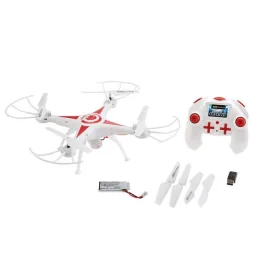
- On sale!
- -10%
- On sale
- All-in pack
- Made in Europe


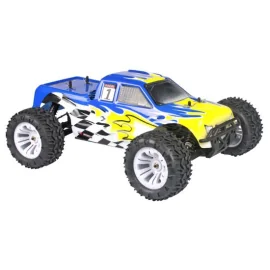
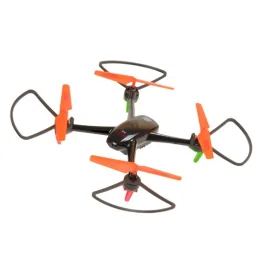
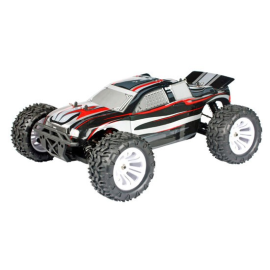

1001prime program
Get a 5% discount for all your orders during 1 year
1001prime price $54.62
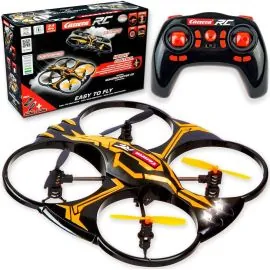
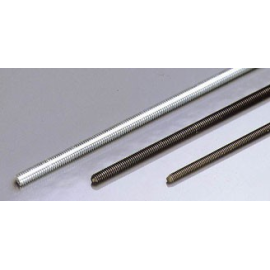
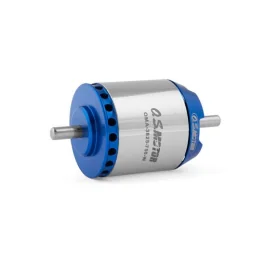
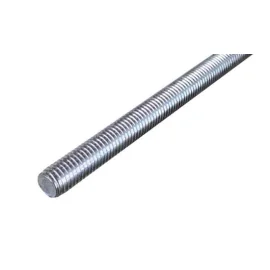
Offering total immersion to the pilot, FPV drones are perfect for racing. Here's everything you need to know about this machine.
In the field of aeromodelling, piloting an FPV or First Person View drone, allows you to directly view the images captured by the onboard camera, via the radio control, the FPV glasses screen, the tablet or the smartphone. By cancelling the referential notion of flight, that is to say the position of the front of the aircraft in relation to the pilot, the FPV mode allows a total immersion, which makes it indispensable for a racing drone.
For this purpose, it must be fast and responsive at the pilot's controls. Thus, if the standard format is the 250 format, small-sized fpv racer drones, of format 210, 180 or 150, are becoming more and more common. It is therefore advisable to choose your FPV drone according to your needs. If it is intended for racing, its responsiveness and speed are paramount criteria. If it is mainly used for shooting, it is necessary to choose a drone with good image quality. In any case, it must offer good stability.
Unlike other drone models, the FPV drone embeds a camera whose return is sent directly to a remote reception. Thus, the control is done by means of a remote control with two levers or by radio waves. It allows the user to have full control of the commands. It should be noted that no safety system offers to correct the trajectory of the aircraft and to slow down the movement.
Since races are held on a delimited field or indoors, the scope of the orders is not a determining criterion. Similarly, autonomy is not taken into account. The larger the battery capacity, the heavier it is and impacts the responsiveness of the device. Thus, FPV drones are particularly suitable for racing because they provide excellent piloting sensations, in addition to reaching impressive speeds.
For an FPV drone that works well, it is necessary to have different accessories. It should be noted above all that a drone is composed of different elements, namely a chassis for drone as well as a camera for drone. In addition, to recover the video signal, the drone must also be equipped with VTX transmitters, FPV receivers and FPV glasses. The transmitted signal is then broadcast using FPV antennas. The drone must also be equipped with a propulsion system, namely propellers, drone batteries and electronic speed controllers. A capacitor is also essential to control the peaks of the engine. Note that to make your own drone, the parts can be purchased separately, but it is also possible to opt for a complete fpv kit drone.
In addition to these elements, different drone accessories are also essential such as the micro SD card or the take-off runway to take off anywhere without damaging the drone.
Discovery drone, air hunter drone, quadricopter drone, fpv racer drone, galaxy drone, go stunt drone, miniature military drone, gravit drone, foldable drone, various models exist to satisfy all lovers of modeling drone. However, as a beginner, it is recommended to choose a pre-mounted RTF or Ready to Fly beginner FPV drone. With this type of drone, it is enough to make a few configurations before takeoff. In addition, there are many brands offering good quality equipment, including Lrp, T2M, UDI RC or RC system.
Moreover, when the pilot has gained enough experience, the ARF or Almost Ready to Fly, or BNF models, meaning Bind to Fly, will allow him to customize his device to his liking.
Rc drone modeling is a discipline that requires knowing some rules. Indeed, in accordance with the French legislation of the DGAC concerning recommended drones, it is forbidden to use the device on an urban area. Instead, it is necessary to choose an area free of any obstacles. It is also advisable to:
● Start using a return screen before switching to FPV glasses, which can disorient the beginner driver;
● Do not use the FPV for takeoff and landing until you are a confirmed pilot who can perform delicate phases in immersion;
● Avoid flying at low altitude, near metal masses and rugged terrain so as not to lose the video feedback.
Back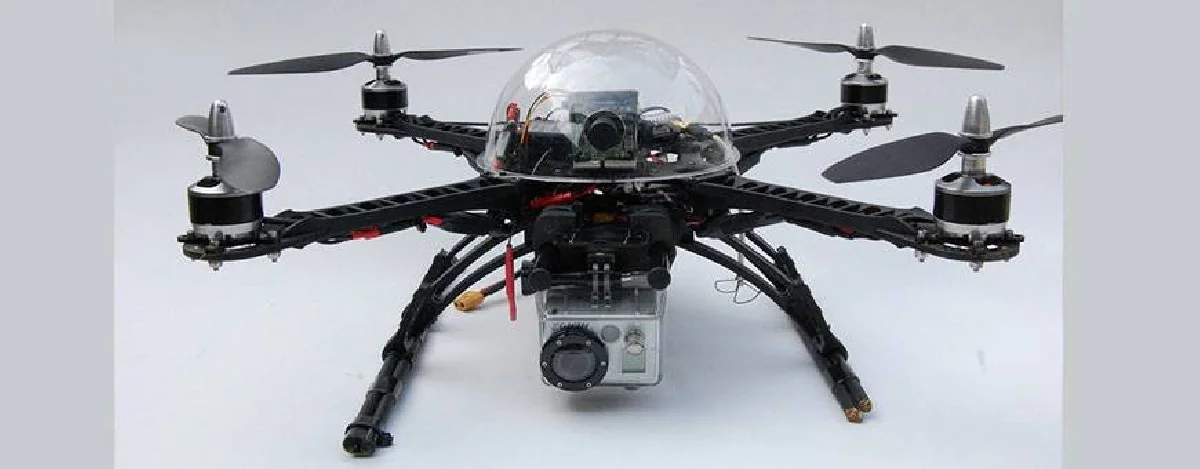
More than 150,000 products for your hobbies, including more than 15,000 in stock and shipped the same day
Monday to Friday, 8AM to 11AM EST, by e-mail or telephone.
In the USA 🇺🇸, Canada 🇨🇦 and the world 🌎 with UPS
Return within 14 days after your purchase
I become a 1001prime member and enjoy a host of benefits